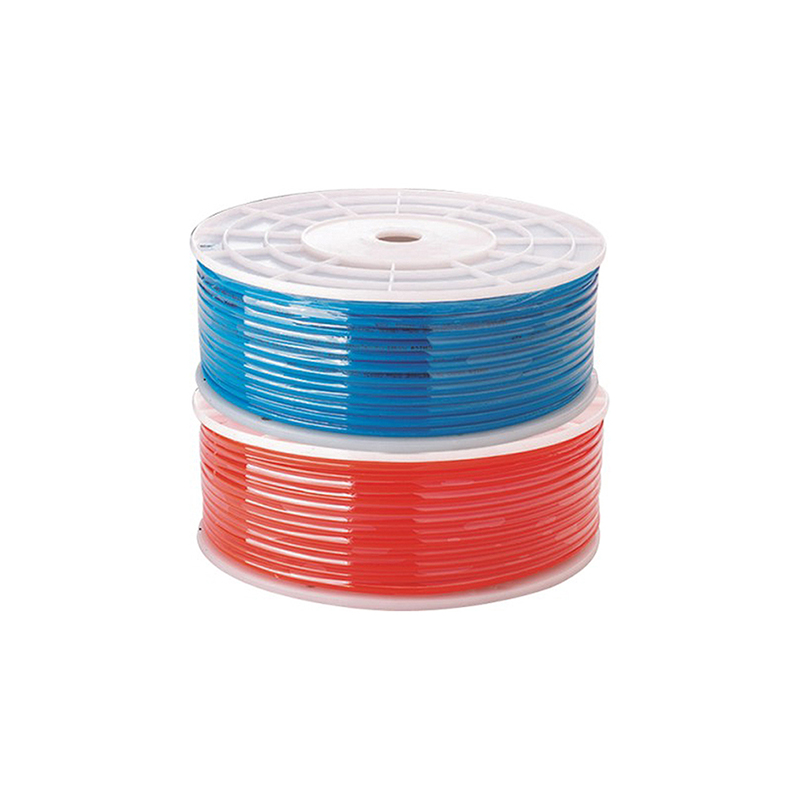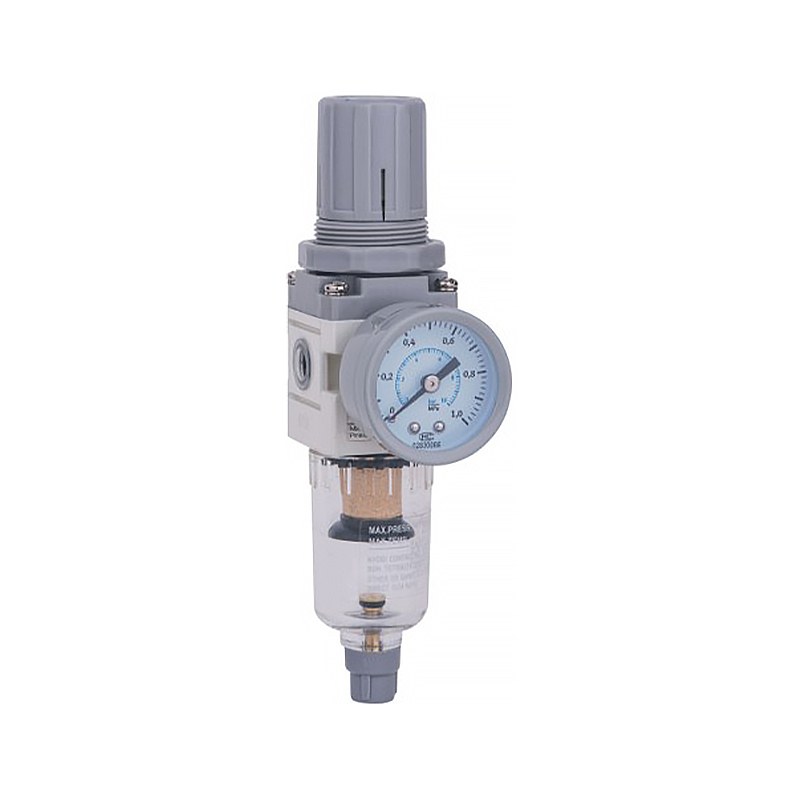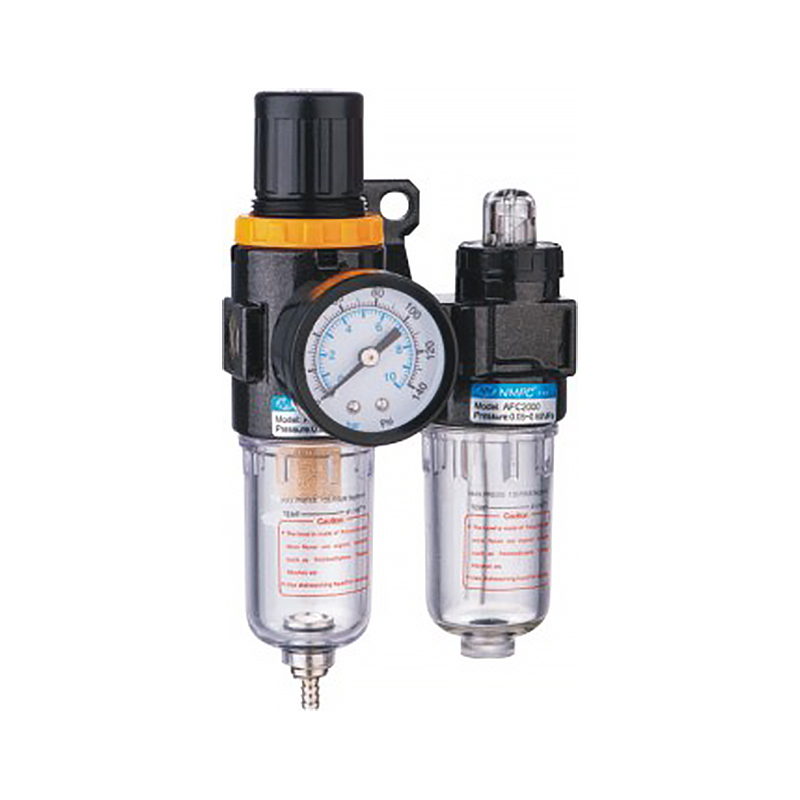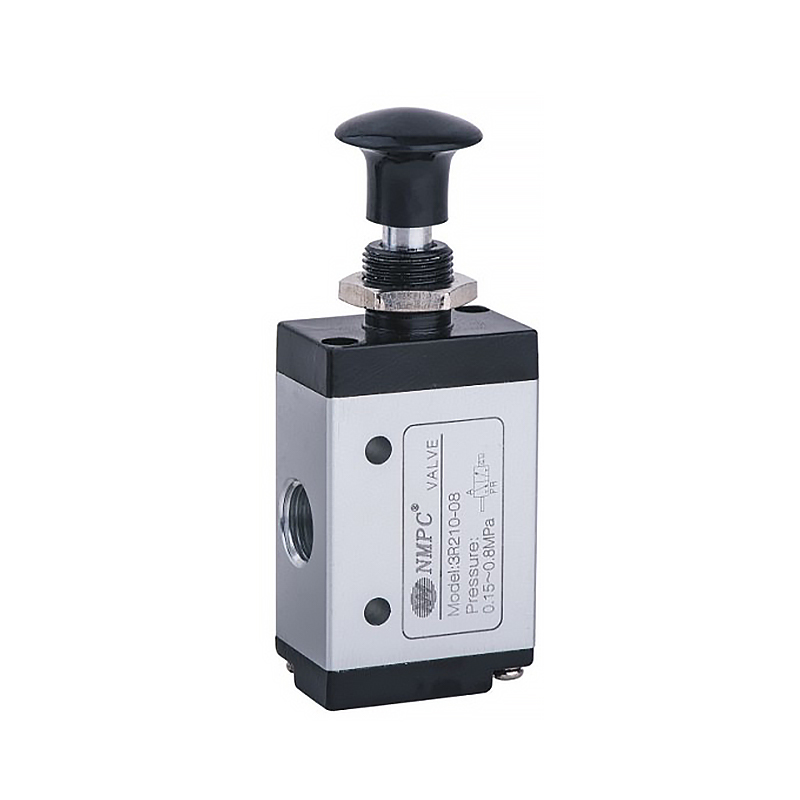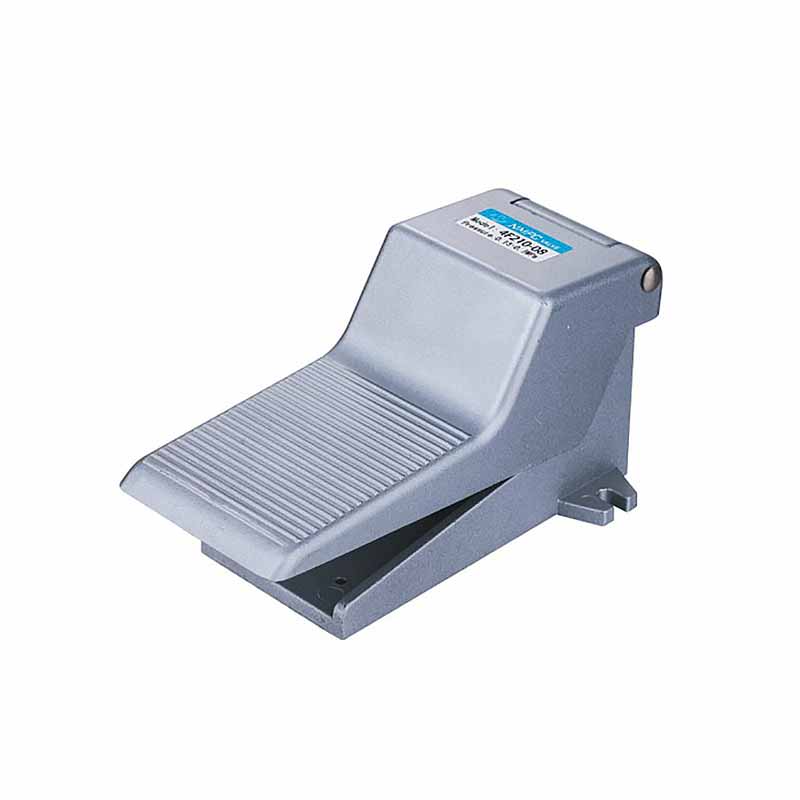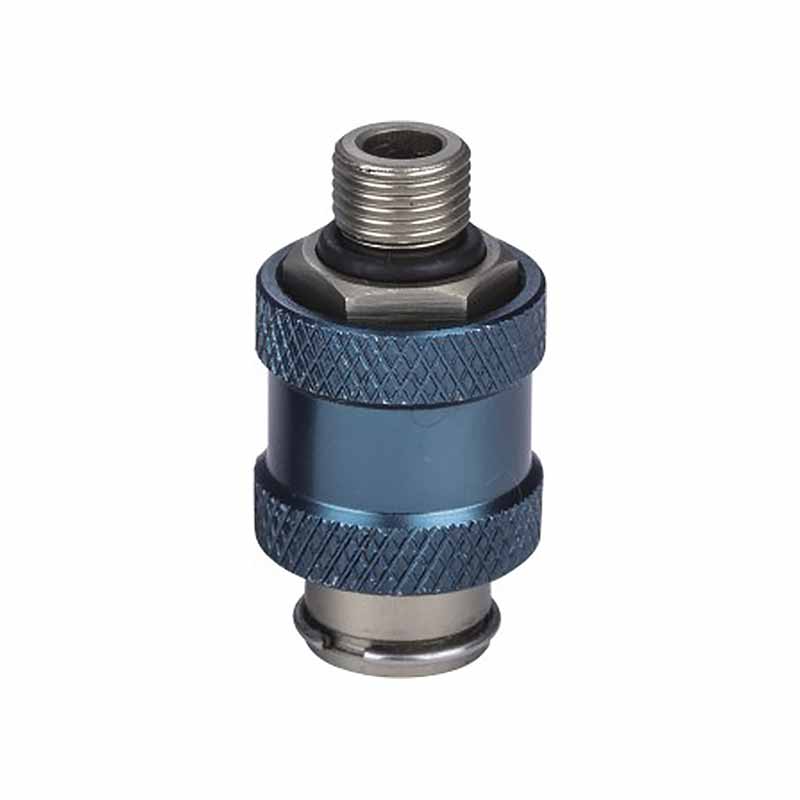Copyright 2022 © Ningbo Xinmadi Automation Technology Co., Ltd. All Rights Reserved.

Solenoid valve is an industrial equipment controlled by electromagnetic, which is the basic component of automation used to control fluid. It belongs to the actuator and is used to control the flow direction of hydraulic pressure.
The working principle of the solenoid valve is: there is a closed cavity inside the solenoid valve, through holes are opened at different positions, and each hole is connected to a different oil pipe. There is a valve in the middle of the cavity, and two electromagnets on both sides of the cavity. Once the electromagnet coil is energized, the valve body will be attracted to the direction of the electrified electromagnet, and which side of the magnet coil is energized will be attracted to the valve body. Different oil discharge holes are opened or closed by controlling the movement of the valve body. Since the oil inlet hole is in a normally open state, the movement of the valve body causes the hydraulic oil to enter different oil discharge pipes, and then the oil cylinder is pushed by the pressure of the oil. The piston in turn pushes the piston rod, which in turn drives the mechanical device. Using this principle, the mechanical movement can be controlled by controlling the current on and off of the electromagnet.

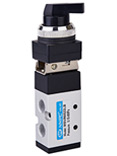
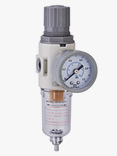
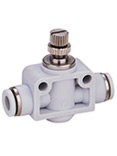

 简体中文
简体中文 English
English